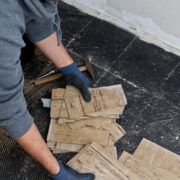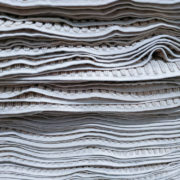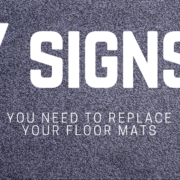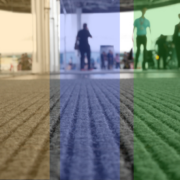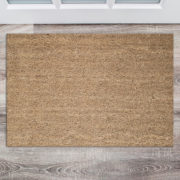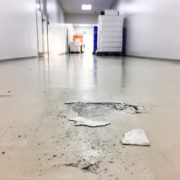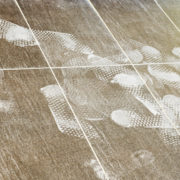How to Clean Your Business’s Floor Mats
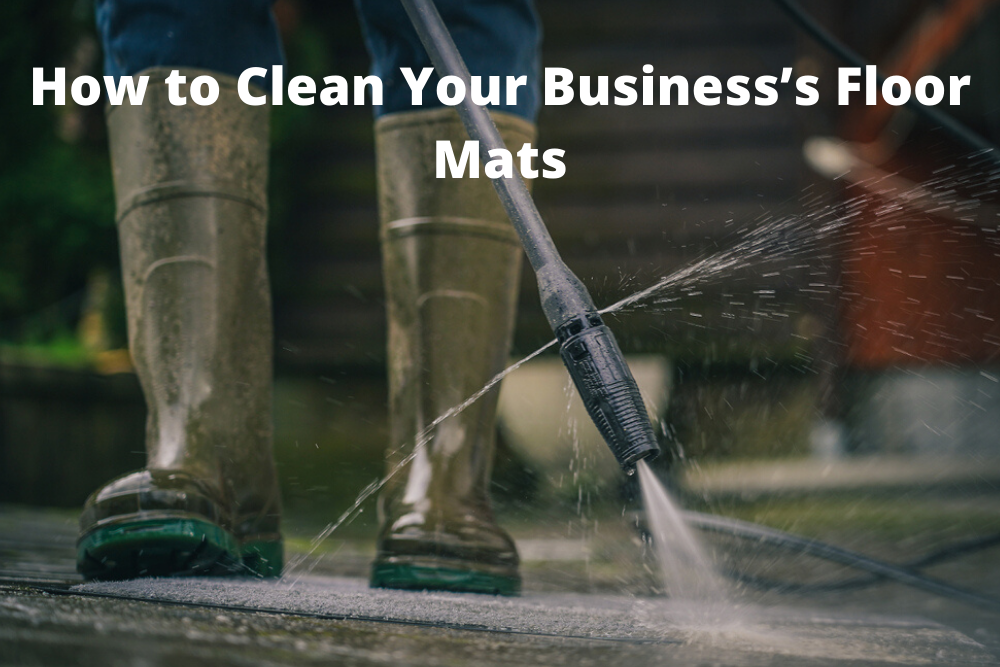
Floor mats keep your floors clean of dirt, debris, and water. But how can you clean them effectively? All floor mats need regular cleaning, and the following guide will show you how to clean them.
Cleaning Factors
If you have floor mats, chances are you know how many floor mats there are. For example, NDC has:
|
|
All that variety means different materials, structures, and depths. These factors influence what procedures should be applied to the mat, as effective procedures for some might not be useful for others.
For example, vacuuming a logo or custom mat might be sufficient for a while, but not for a kitchen floor mat. Because of its porous nature and tough material, a vacuum won’t reach the places it keeps the dirt.
Why Proper Cleaning Procedure is Important
Though all mats are built to catch and hold dirt, debris, and water, these elements can become corrosive over time. Add in the wear and tear of their job, and mats that are uncared for can accumulate damage very quickly. That damage doesn’t just decrease their effectiveness, it also makes can make them dangerous.
Corrosion not only affects their ability to catch and hold dirt, but it also decreases the mat’s grip on the floor. A mat that slides if somebody stops on it too quickly is more hazardous than helpful.
How to Clean Floor Mats
Though there are differences in routine cleaning between different mats, there are many similarities. The following mat cleaning guide will help get any mat cleaner.
Step 1: Ensure Safety
While your mat is being cleaned, it can’t do its job. Signs or cones should be put up to warn anybody passing through of the absence. Towels or another mat can be used while the original mat is being cleaned. Still, place signs or cones telling customers and employees to be careful in that area.
Step 2: Find the Right Cleaning Area
A decent mat cleaning can’t be done inside. Ideally, you have access to an outdoor, concrete area with hose access and adequate drainage.
Step 3: Remove Large Particulate and Debris
Before the water and soap, those clumps needs to go. Shaking the mat and sweeping its front and backside will help loosen and remove large particulate and debris.
Step 4: Remove Small Particulate
For the most thorough clean, removing dirt and dust is important. To do this, hold the mat upright and shake it out. For large mats, this might require two or three people. Smacking the mat with a hand or blunt object will also loosen and remove small particulate. This stage is also useful for venting frustration over having to spend two hours of your busy day cleaning mats.
Step 5: Soap and Wash
For most mats, a mild detergent, water, and brushing can do a modest job of cleaning the mat. For scraper or industrial mats, it’s important to spend the time required scrubbing and scrutinizing cracks and crevices. When done, flip it over and do it again!
When rinsing, be sure to get all the soap off. If some is left on the mat, it not only becomes a slipping hazard, but it might also chemically degrade the mat.
Step 6: Dry Thoroughly
Another vital step, and the one requiring the most time, is the drying stage. For outdoor mats like scraper mats, this step isn’t necessary. But for every other mat, not drying thoroughly before placing could be problematic. Damp mats grow mold and mildew, and you don’t want that in your business.
Step 7: Reschedule
Now that it’s done and the mat is clean, all that’s left to do is wait for the next cleaning. Depending on variables like weather, foot traffic, or holidays, that might be in four days or four weeks. Stay vigilant and ready to dedicate the time when you have to.
Or, you could just….
Go with NDC Mats!
Why bother with the stress and time-demanding requirements of mat cleaning? NDC mats will not only replace your mats before they need it, but we’ll monitor and repair any damage they have. Mat rental through NDC is not only easy, it’s also cost efficient. To find out how, give us a call at (800) 238-2387, visit our website, or ask about a free quote!

